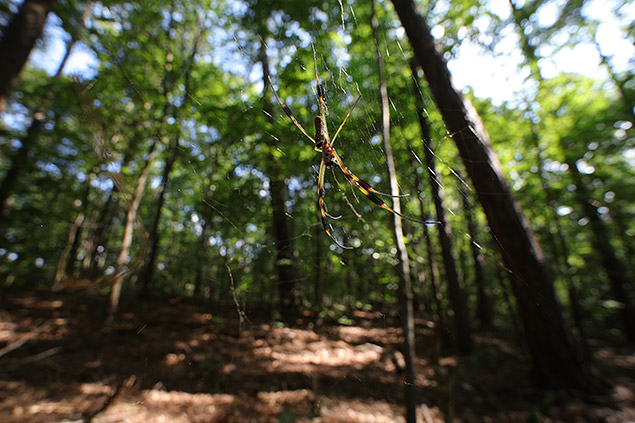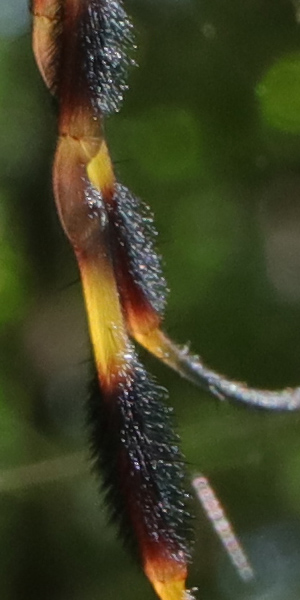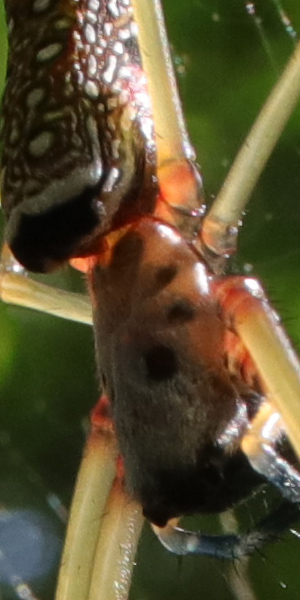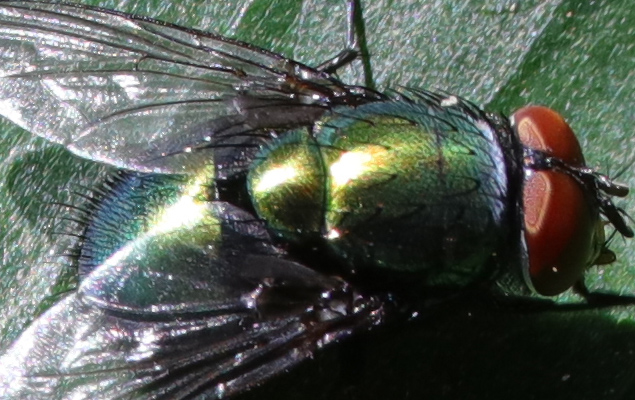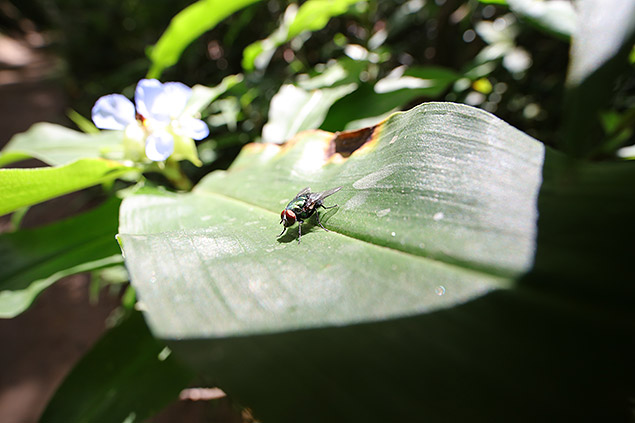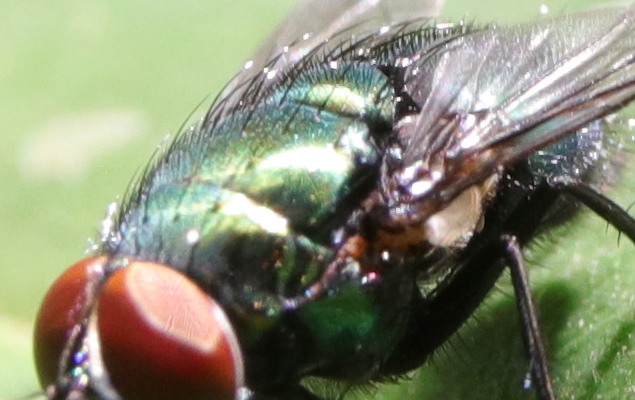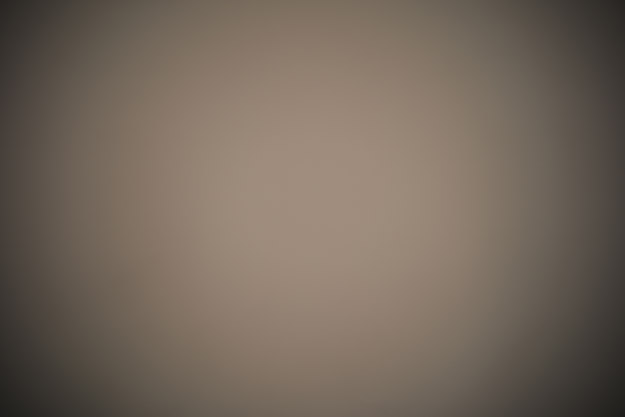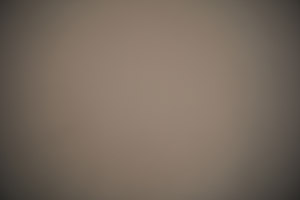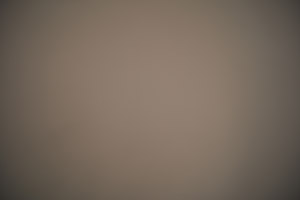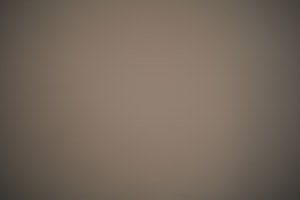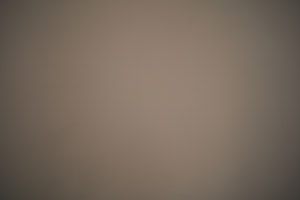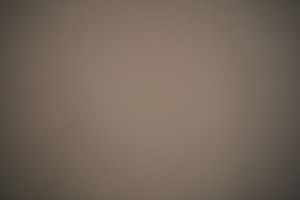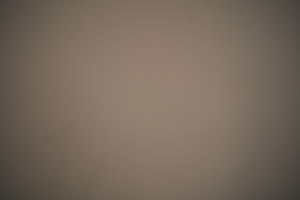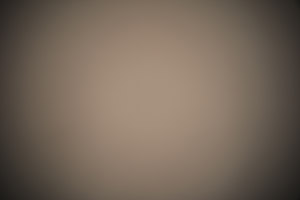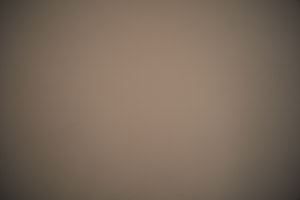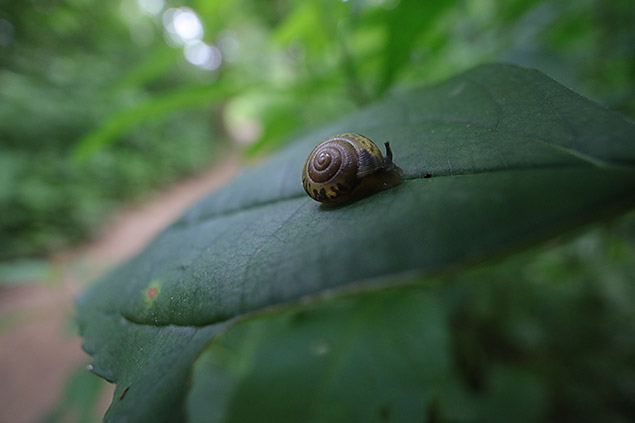| 15mm |
$499 average price |
|---|---|
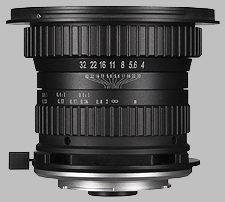
|
|
Your purchases support this site
Canon EF - Black
Laowa 15mm f/4 1:1 Macro Field Test
Super wide & super close: tricky to use but worth the work
by William Brawley | Posted 07/28/2017
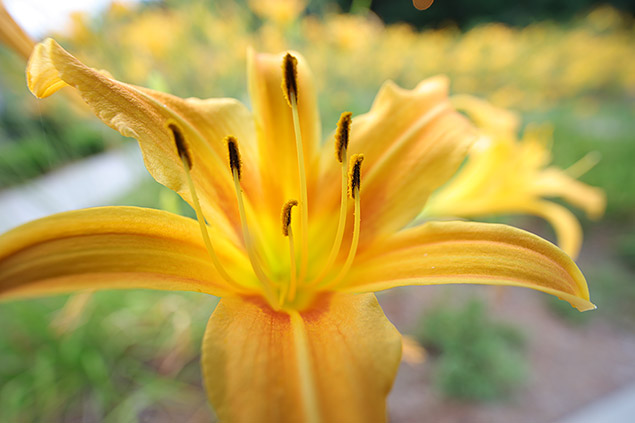 |
|
Canon 5DS R: 1/60s, ISO 200
|
Well, here's a lens you don't see everyday: an ultra-wide-angle, full-frame DSLR lens that also lets you focus down to a true 1:1 macro reproduction ratio for really dramatic close-up photography. Though I don't have much experience myself with macro photography, this facet of the photo world has always intrigued me and plus, macro photos are just stunning to look at. The Laowa 15mm 1:1 macro lens isn't the newest lens from Chinese parent company Venus Optics, but after stumbling across some reviews and videos a year or so ago, I was immediately interested it trying this lens. So, when the opportunity arose, I jumped on it.
We've actually published a rather detailed introduction and tutorial on wide-angle macro photography from Paul Harcourt Davies, a photographer who just happens to specialize in this sub-genre of macro photography. Wide-angle macro photography differs from traditional macro shooting, which is generally done with longer focal length lenses, where the idea is to focus solely or more directly on your intended subject. With wide-angle macro photography, the broader field of view lets you include the surrounding environment of your subject, providing more context or more story around your subject. At the same time, the close-focusing and magnifying capabilities of these types of wide-angle lenses also provide that highly detailed, close perspective that macro photography is all about.
While there are quite a few wide angle lenses out there that can focus fairly closely, the Laowa 15mm lens is the only such lens (currently) that offers true 1:1 maximum magnification. It's a rather unique optic that can capture some really interesting photos.
So, after having shot with the lens, what's it like? Well, it's turned out to be a rather tricky lens to work with, especially for true super close-up work. Obviously, the first thing I did when I unboxed the lens and mounted it to a camera was to rack the focus to 1:1 focusing distance, and that's when I immediately noticed a "problem." The working distance at 1:1 is extremely close. Extremely. So close in fact that not only is the object in focus nearly touching the front lens element at 1:1 magnification, but also the lens is basically blocking all the light from hitting your subject. It's even worse when you leave the lens hood mounted to the front -- most of the time, I left the lens hood in my camera bag. The specs of the lens indicate the minimum focusing distance is 12.2 cm (4.8 inches). The lens itself a little over three inches long, and when combined with the 1.5-inch+ distance of the sensor the the lens mount, things get up close and personal when trying to shoot at the maximum magnification ratio.
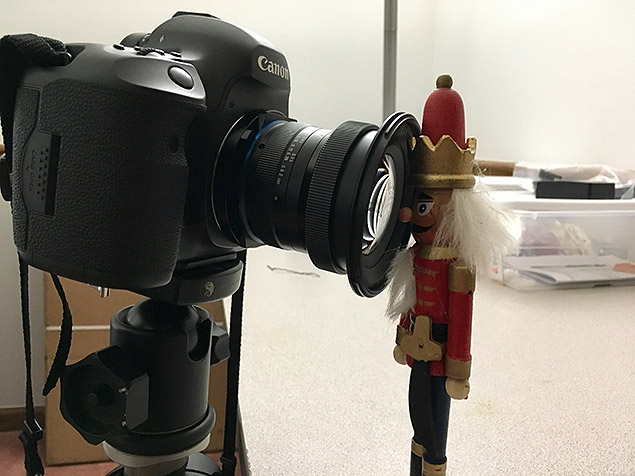 |
Here you can see just how close your subject needs to be when the lens is set to 1:1 magnification! |
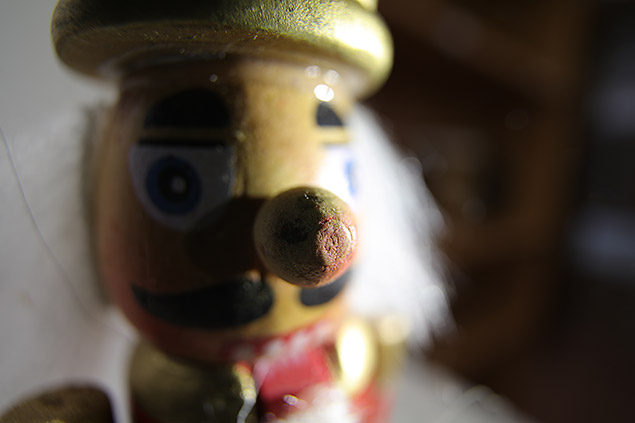 |
The resulting photo (with lighting assistance from an iPhone). |
Blocking of light aside, the super-close working distance also poses some trickiness when shooting out in the field. On my first outing with the lens, I went to a local hiking trail to see if I could find some neat critters to photograph. With the super-wide angle and close-focusing required for macro images with this lens, it forces you to get really close to your subject, and the random insects, like spiders, bees or flies that I found were very skittish and difficult to photograph. Often, I tried to slowly and calmly get close enough to a bug only to easily scare it off a moment later.
Going back to the lighting issue again, while on the hiking "bug hunt", not only was I having to deal with the spotty and often dim lighting of the forest, but also coping with thin depth of field that comes with macro photography. At macro distances, depth of field can be razor-thin, which is often countered by stopping down the aperture significantly. Not having the luxury of an external flash or other lighting during this excursion, I was often forced to crank the ISO dial on the Canon 5DS R test camera I was using. To really get the most out of this lens, I'd definitely recommend using flash or other macro-specific off-camera lighting.
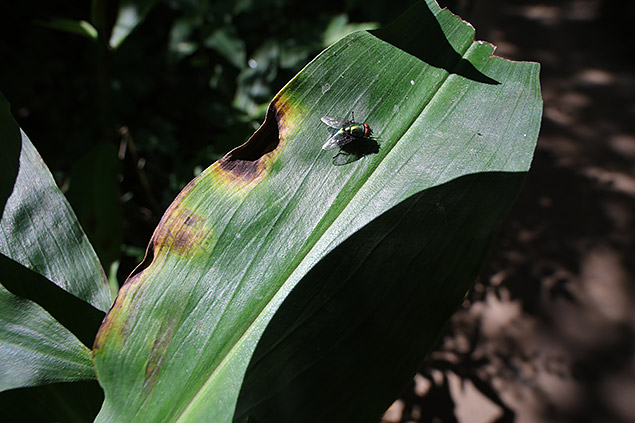 |
Canon 5DS R: 1/160s, ISO 250 |
Notice the large shadow creeping onto the leaf in the bottom right...this is from the lens itself. |
As for general handling, the Laowa 15mm Macro lens is quite compact and lightweight, though its all-metal construction is decidedly solid, and the lens has an nice quality heft to it. Being a completely manual lens, it has focus and aperture control rings; both of which rotate very smoothly most of the time. It's easy to make fine focus adjustment at most focusing distances, though there's a noticeable resistance that would prevent accidental focus changes. I did notice there some slight "stickiness," or in other words, it took a bit more "oomph" to rotate the focusing ring past the "0.4:1" marking and on down to 1:1.
The aperture ring provides clickless diaphragm adjustments from f/4 down to f/32, so if you decide to shoot video using this lens, iris control will be nice and quiet. One thing to keep in mind is that this lens is entirely mechanical; there's no electronic communication between the lens and the camera. As such, aperture values and focal length will not appear in EXIF data.
As mentioned, the Laowa 15mm f/4 macro lens is constructed almost entirely out of metal, including the lens mount. The only disappointing thing about the build quality of the lens is its lens hood, which is made of plastic. The bayonet-mount hood of our lens did not mount very securely to the front flange. When positioned to the correct orientation, the hood was very loose and didn't lock into place. I resorted to using a bit of gaffer's tape to hold the hood on while out shooting some general wide-angle photos.
The optical construction utilizes 12 total lens elements situated into 10 groups, including three "extra refractive index" elements and a single Low Dispersion element. The lens includes 77mm filter threads and has a whopping 14 aperture blades.
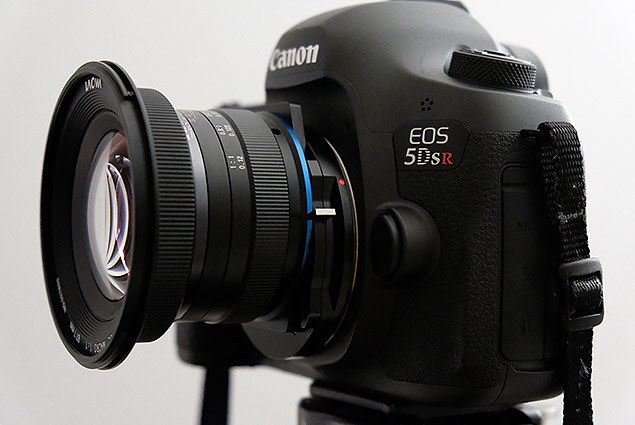 |
Maximum shift up. |
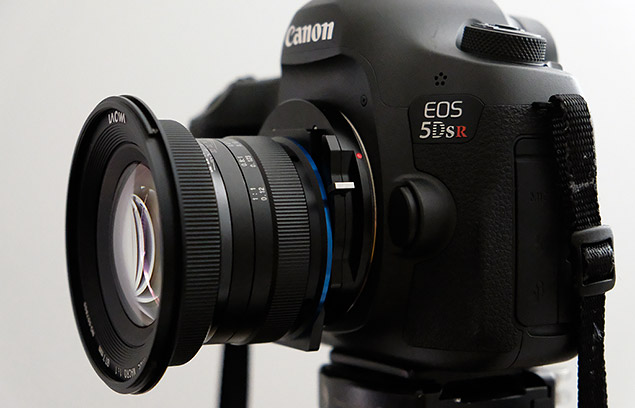 |
Maximum shift down. |
One rather interesting additional feature on the Laowa 15mm is its built-in shift functionality. Similar to the "shift" capability of Tilt-Shift lenses, the Laowa 15mm offers a +/-6mm shift adjustment. This can help correct for vertical distortions due to the extreme wide-angle focal length. Interestingly, even though this lens fits and is designed to work on full-frame DSLRs, the shifting function seems to be reserved more for APS-C cameras. In certain situations, especially when shooting at f/4 and at infinity focus, using the shift functions with a full-frame DSLR will result in noticeable "vignetting" at the top or bottom of the frame (depending on shift direction). Since the lens extends outwards slightly when focusing towards closer focus distances, the vignetting becomes reduced at closer focusing distances.
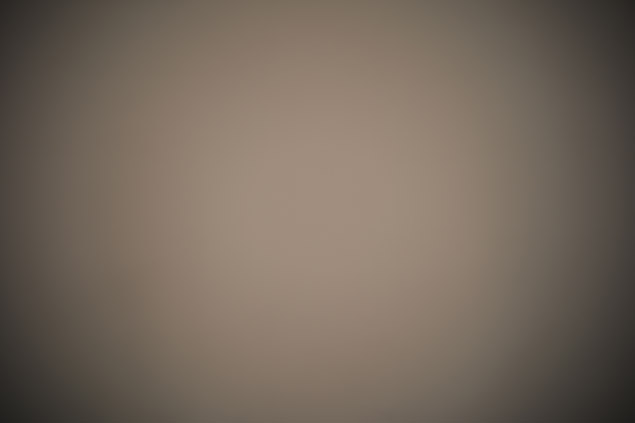 |
f/4 -- No Shift |
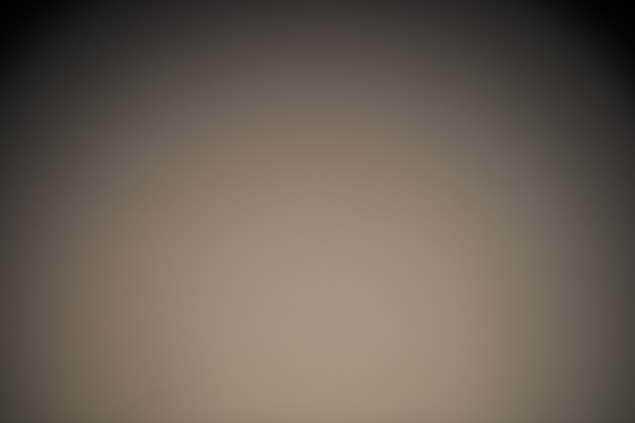 |
f/4 -- Maximum Shift Up |
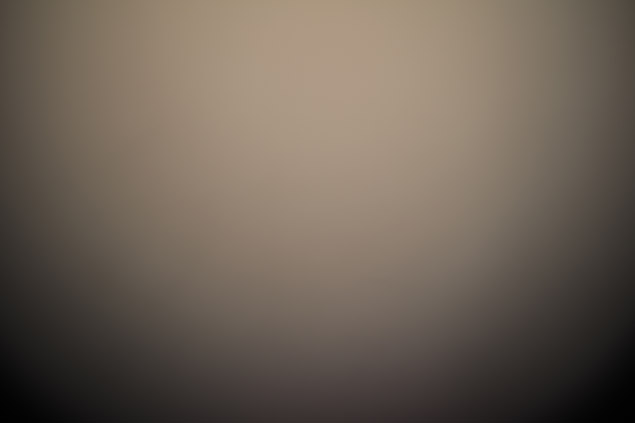 |
f/4 -- Maximum Shift Down |
When you nail focus, the Laowa 15mm f/4 macro lens is capable of producing some nice, sharp images. Shooting with a Canon EF-mount version on the 5DS R made for a rather difficult shooting experience. For starters, the default focusing screen made precision focusing via the optical viewfinder difficult, and the lack of focus peaking also made live view focusing less than ideal. However, you can magnify the focus area in live view, which really helped, especially if you're using a tripod. Handheld, however, it can still feel a bit cumbersome, particularly if you or your subject move ever so slightly. Couple that with the super-thin depth of field at macro distances and the high-res 50MP sensor of the 5DS R, and it's all a big combination of factors that make getting a "perfect" shot rather demanding.
Nevertheless, I was able to capture sharp, detailed and unique images that I wouldn't normally make with any other type of lens. Sharpness at the center is quite good, even at f/4, but I found the optimal sharpness occurred between f/5.6-f/11. Chromatic aberration looked very minimal at the center of the frame, as well, but outwards toward the corners, I observed both noticeable softness as well as some CA and purple fringing, even when stopped down. The CA, however, isn't too severe and could easily be corrected via software.
Corner softness, in my opinion, wasn't much of an issue, especially at macro distances due to the really narrow depth of field. Even when stopping down to something like f/8, your subject will be in-focus, but much of the rest of the image, especially the corners, will be very much out of focus, making corner sharpness a moot point.
For traditional wide-angle landscape photos, however, corner sharpness is important and with the Laowa 15mm, this is lacking until you really stop down the lens. In a comparison test, at f/8 the central area of the frame is really great, with lots of sharp detail. However, the corners are still rather soft. Stopping down further to f/16, I noticed much better corner sharpness, but I could tell the center sharpness dropped slightly due to diffraction -- past f/16 diffraction-related softness is really noticeable.
Vignetting is another issue to contend with on the Laowa. At all apertures, there's some degree of vignetting with this lens, which isn't all that surprising given the ultra-wide focal length -- but it is something be aware of. As expected, corner shading at f/4 is the most severe, which then decreases as you stop down. With a filter attached to the front (even a "slim" style filter), I did notice an increase in vignetting.
Laowa 15mm f/4 1:1 Macro Vignetting Comparison |
|
f/4 |
|
f/5.6 |
f/8 |
f/11 |
f/16 |
f/22 |
f/32 |
f/4 + filter |
f/8 + filter |
Laowa 15mm f/4 1:1 Macro Field Test - Summary
Overall, the Laowa 15mm f/4 macro lens is a very unique, interesting lens. Though at times challenging to use successfully, it can help you create dramatic and really engaging macro photographs -- as well as general landscape photos, but I'd say its forte is much more centered around macro work. At $500, the Laowa 15mm f/4 is rather affordable. Similar to fisheye lenses, in my opinion, I'm always rather hesitant to spend big bucks on fairly niche lenses. The Laowa 15mm f/4 is a lens that I'd consider a rather niche lens, but it's one that won't totally break your budget. If you're a macro photography fan already, the Laowa 15mm is worth a look to expand the breadth and feel of your macro photographs.
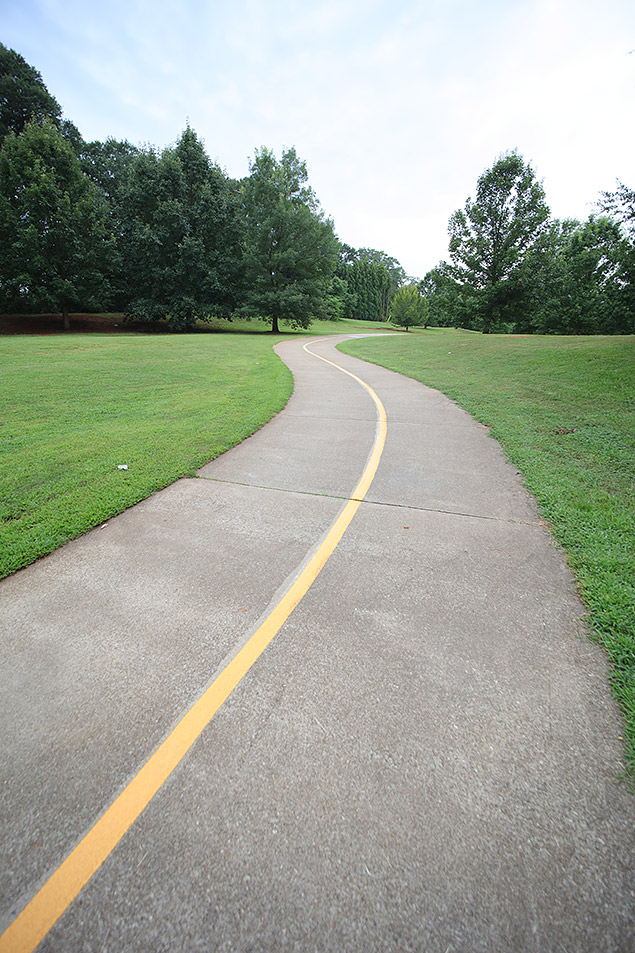 |
Canon 5DS R: 1/50s, ISO 100 |
• • •
Laowa 15mm f/4 1:1 Macro -- Product Overview
(From Venus Optics / Laowa lens literature) The new Laowa 15mm f/4 1:1 Macro lens is the first lens in the market which possesses an ultra wide angle of view and 1:1 Macro ability. This allows photographers from around the world to start experiencing the rather undeveloped field of "Wide Angle Macro Photography" without using an extension tube. Macro lenses currently in the market tend to have mid to long focal lengths and that limits users to taking very close-up shots of insects or flowers without showing much of the background like its habitat or environment.
The new Laowa 15mm f/4 1:1 Macro lens features an ultra wide angle of view of 110 degrees with 1:1 maximum magnification. Photographers can focus very close to the subject and let the foreground dominate in the photo but at the same time, have the background tell the viewer about where and how the subject lives. Your picture will immediately become very informative and intriguing.
The lens can also serve as an excellent ultra-wide angle lenses with infinity focus for cameras with full-frame sensors. A shift mechanism is added at the rear end of the lens with a maximum adjustment of +/- 6mm, which is extremely useful for landscape/architecture photography for distortion correction.
The lens houses 12 elements in 9 groups with 3 High Refractive elements and 1 Extra-low dispersion element to deliver crystal clear sharpness both in the center and the edges. Barrel Distortion is also carefully controlled. 14 aperture blades form a close-to-circular aperture, capable of creating creamy bokeh. The enclosure of the lens is made of metal to strengthen its durability. Canon EF, Nikon F, Sony A, Sony FE and Pentax K mounts are available.
Laowa 15mm f/4 1:1 Macro
Your purchases support this site
Canon EF - Black
Laowa 15mm f/4 1:1 Macro User Reviews
The Laowa 15mm f/4 1:1 Macro doesn't have any user reviews yet!
